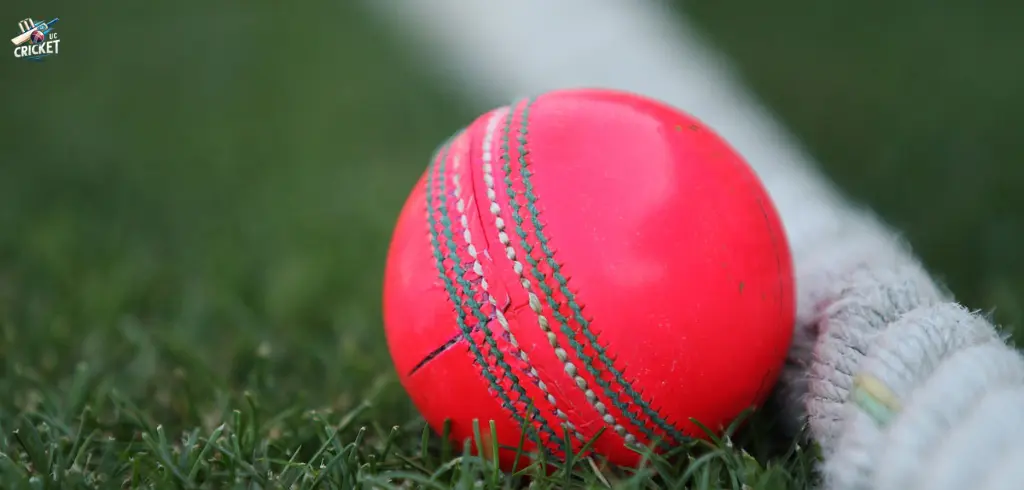The pink ball has been associated with the day-night Test cricket in recent times. The red ball was usually used for Test matches, but with the introduction of the pink ball, more fans could watch evening match in stadiums because it enables better visibility under artificial lighting hence increases audience reach. This article explores the reasons for using pink ball, its advantages over red ones, and differences between these two types of balls as well as their effects on Test cricket.
An Introduction to Pink Ball Cricket
Test cricket is a traditional form of the game that is usually played during daylight hours using red balls. The need for higher viewership led cricket administrators to introduce the idea of having day/night Test matches so that there would be more spectators who could come after work. Thus, the pink was specifically designed to address difficulties faced in terms of visibility while playing under artificial lights.
Day/night Tests, especially those using the pink ball, have become popular globally with countries such as India and Australia having played several games under lights.
Read Also:- HotSpot Technology in Cricket
Why a Pink Ball was Preferred for Day and Night Test Matches
Increased Visibility under Lights
Visibility has been given as the major reason behind the adoption of pink balls in day and night Tests. Unlike the red ball, which is hard to notice under electric lights, this color creates a better contrast on ground topped with grass or brown pitch thereby making it easier for players and spectators alike to follow the sport. Early experiments using yellow colors or orange ones failed due to technical difficulties associated with television production or poor eyesight among batters prompted its adoption instead.
Science behind Pink Ball Design
The pink ball is made using a pink coating on top of a pigment finish whereas the red one is dyed leather. This coating does not only improve its lifespan but also retains its color even in the presence of light. When compared with traditional red balls that have been polished using grease, however, the lacquer sprayed layer helps them sustain more gloss over longer periods. Additionally, this further layer also assists in the preservation of brightness, permitting bowlers to produce air movement.
Pink Ball vs. Red Ball: Key Differences
| Feature | Red Ball | Pink Ball |
|---|---|---|
| Color | Dyed leather | Painted with pink pigment |
| Visibility | Hard to spot at night | Better visibility under lights |
| Seam Color | White thread | Black or sometimes dark green thread |
| Shine & Gloss | Polished with wax/grease | Lacquered for longer-lasting shine |
| Swing Behavior | Moderate swing over time | Generates early movement, pace-friendly |
Read Also:- Cricket Pitch Length: Dimensions and Measurements
Manufacturing Differences and Challenges
In cricket, there are only three main manufacturers of balls: Kookaburra, SG and Duke who all approach pink ball production distinctively although it was first tried by Kookaburra which tested many different colors and coatings. For instance, stitching and relative hardness differ between SG’s purchase in India and Kookaburra’s Kookaburra purchase in UK. Skinner of various trials is constantly adjusted to comply with varying grounds and weather conditions.
Facts and Benefits of Day/Night Test Matches
Day/night Tests present viewers with a fantastic option when compared to traditional Test matches, as they draw more spectators and allow for evening playtime on pitches. Here are some key facts and benefits associated with day/night Test matches using the pink ball:
Increased Audience Reach: Playing in the evening attracts viewers who can watch the match after work, resulting in higher viewership.
Player Benefits: In terms of visibility, the pink ball is a compromise for both bowlers who require early swing and batsmen who need to see the ball.
Broadcast-Friendly: Visibility of the pink ball even at night enhances television coverage and appeals to global audiences.
Growing Popularity: This is because it is different from the traditional formats and yet retains what makes Test cricket special thus attracting more cricket fans worldwide.
You can check also:- Cricket Stump Height and Distance Between Stumps
Impact of Pink Ball Cricket on Players and the Game
The pink ball has a tendency to swing early, making it a bit difficult for batsmen during the beginning of their innings. In contrast, bowlers found this aspect advantageous as they could extract lateral movement off the pitch especially under conditions of the evening. However, players tend to report that excess shine makes catching this ball harder towards the end stages creating its unique dynamics from traditional red-ball matches
India’s journey with pink-ball Tests has been met with mixed reactions too. Initially, the country was wary of pink-ball games but has now embraced them after some successful outings that include their win against England in a two-day encounter held in 2021. People like Sachin Tendulkar have expressed hope in Pink Ball Cricket helping Test matches to be easy and popular.
Conclusion
The use of pink balls for Test cricket reflects ongoing transformation in sport aimed at suiting contemporary needs. Basically, by improving its visibility and engaging more audience members, the pink ball is very instrumental in making day-night Tests a success which helps in blending tradition with modernization. In future, pink ball will probably remain an integral part of Test cricket as cricket fans get more familiar with day or night matches hence ensuring continued vibrancy of the game for spectators across the globe.




